When I landed in Sparta, I half-expected to stumble over ancient warriors or hear battle cries echoing down every street. Instead, what greeted me was a city wrapped in calm, orange blossoms sweetening the air, and olive groves stretching lazily into the sun.
Sparta’s real magic isn’t just its famous past—it’s the warmth and everyday beauty that shape life here now.
As I wandered Sparta’s streets, I noticed wisdom woven into the landscape, not just the monuments. Locals love to share stories about their city’s deep roots, always inviting you to taste fresh olives or wander past quiet vineyards.
I wanted to show what lies beyond the myths—a peek at the warmth, the flavors, and the moments that make today’s Sparta stick with you long after you leave.
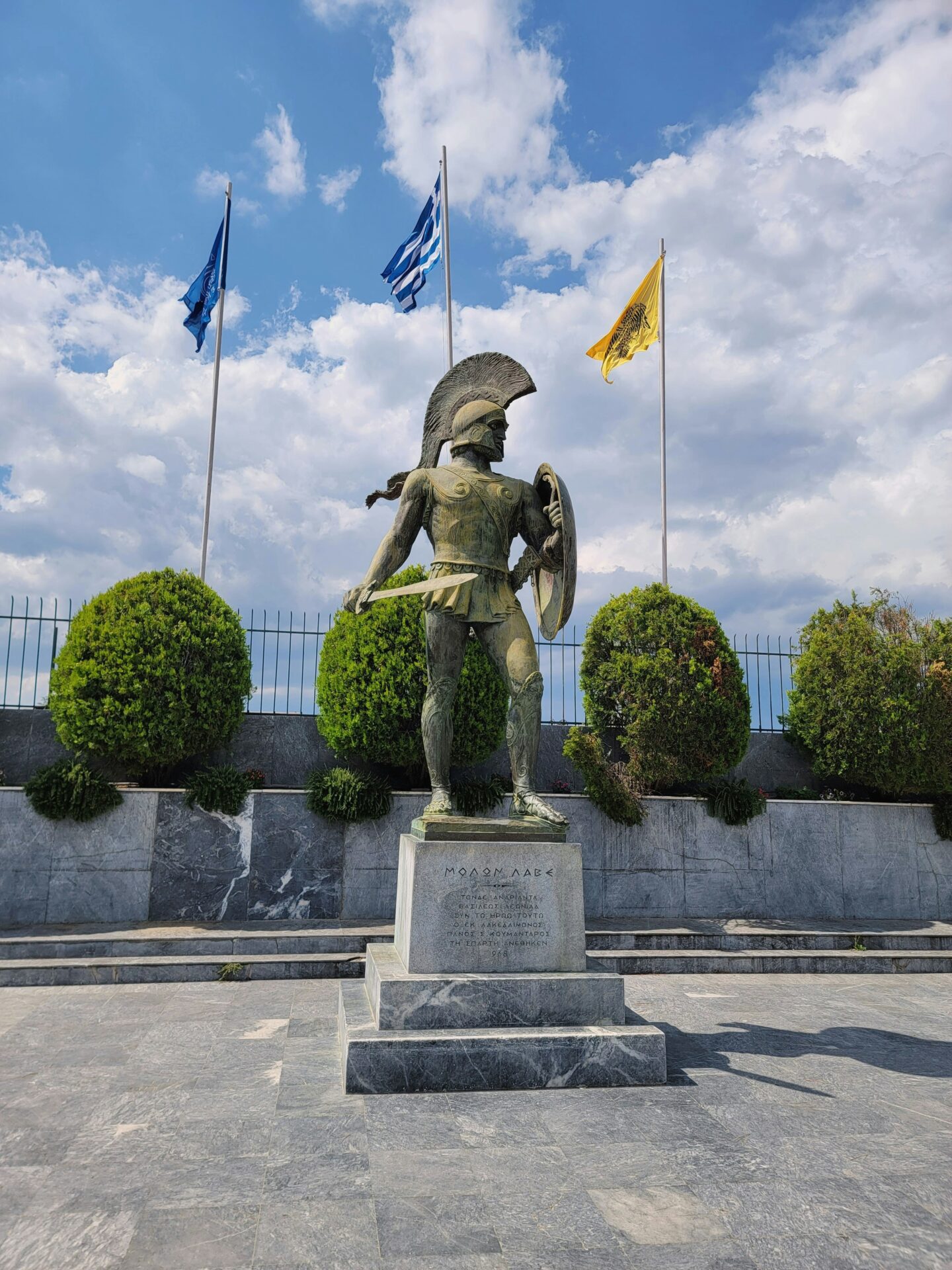
The Real Sparta: From Ancient Legends to Modern Life
Sparta isn’t just a backdrop for old warrior tales. When I walk around today, I see legends, but I also see a softer side—olive trees, open smiles, and a heritage that’s way more than shields and swords.
Tracing the Roots: History, Myths, and the Warrior Legacy
When I first heard of Sparta, I imagined nothing but warriors—certainly not farmers or philosophers. The city, once called Lacedaemon, reaches back to myths about Heracles, the Trojan War, and Jason chasing after the Golden Fleece.
You’ll find heroes like Paris and Chiron popping up in stories from both Greek and Roman times. Spartan history really took shape with fierce battles: the Persian invasion, the Battle of Marathon, and that big win at Plataea alongside Athens.
The world saw Sparta as the ultimate symbol of discipline and military skill. Their hoplites changed how people fought wars, not just in Greece but everywhere. Yet, there was more—Sparta also made peace treaties like the Peace of Callias with Persia.
They didn’t just live in myths; they acted. Even after Athens and others took the lead, Sparta’s unique culture kept making waves.
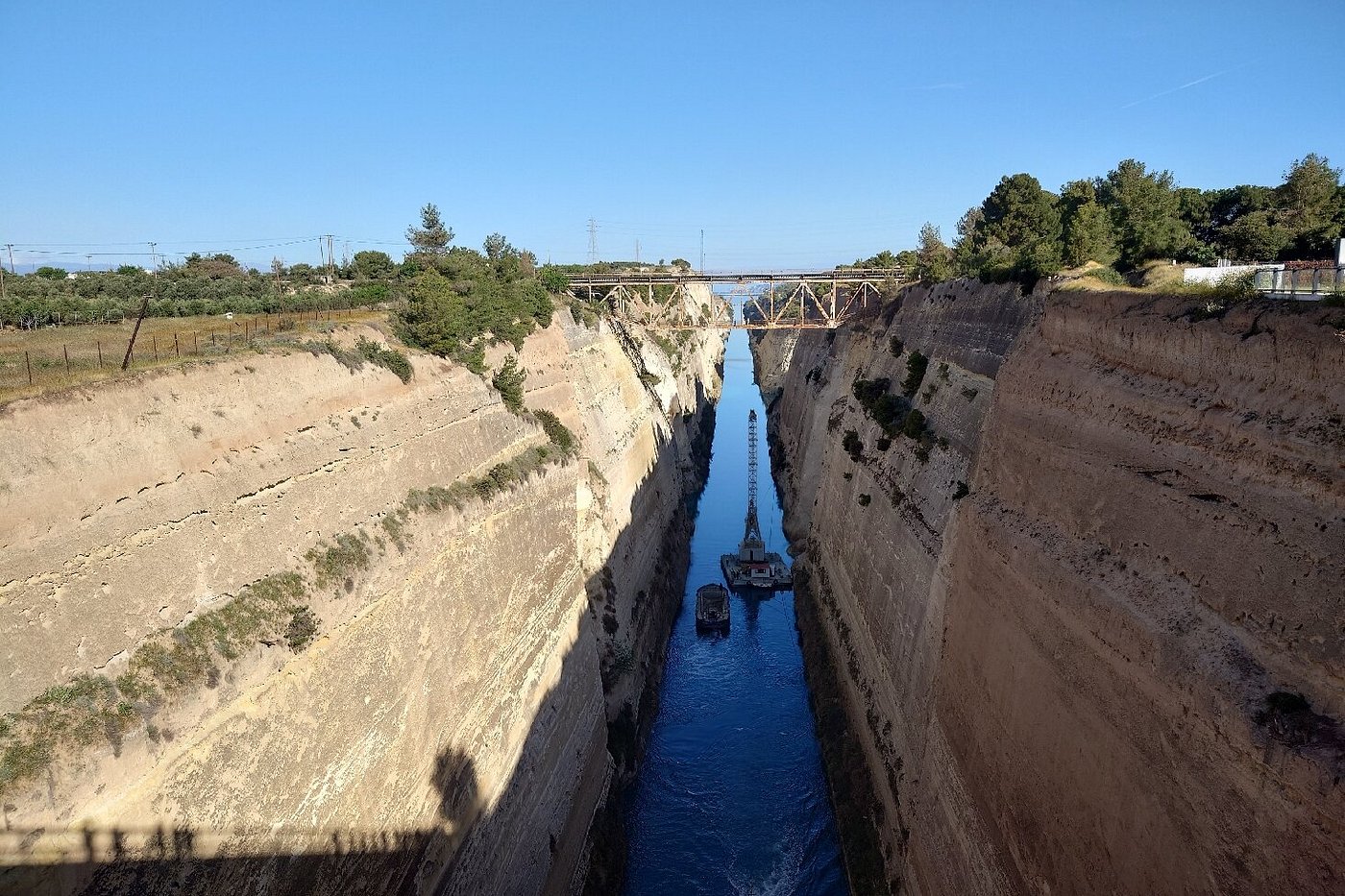
A New Era: How Modern Sparta Differs from the Stereotypes
Now, when I stroll through modern Sparta, the contrast with the old image jumps out. The town feels peaceful, nestled among olive groves in the shadow of the Taygetus mountains.
Modern Sparti doesn’t have Athens’ grand ruins or monuments. What catches my eye are the people. Their easy smiles and hellos swap out the old strictness for something much warmer.
Cafés and street markets show off a rhythm of life that’s a far cry from ancient battlefields.
Instead of hoplite drills, you’ll find farming, festivals, and a strong sense of community. The past is still here—statues, museums, hints of history—but families and kids fill the streets, learning and growing.
Modern Sparta feels lived-in, genuine—a world away from the Hollywood version.
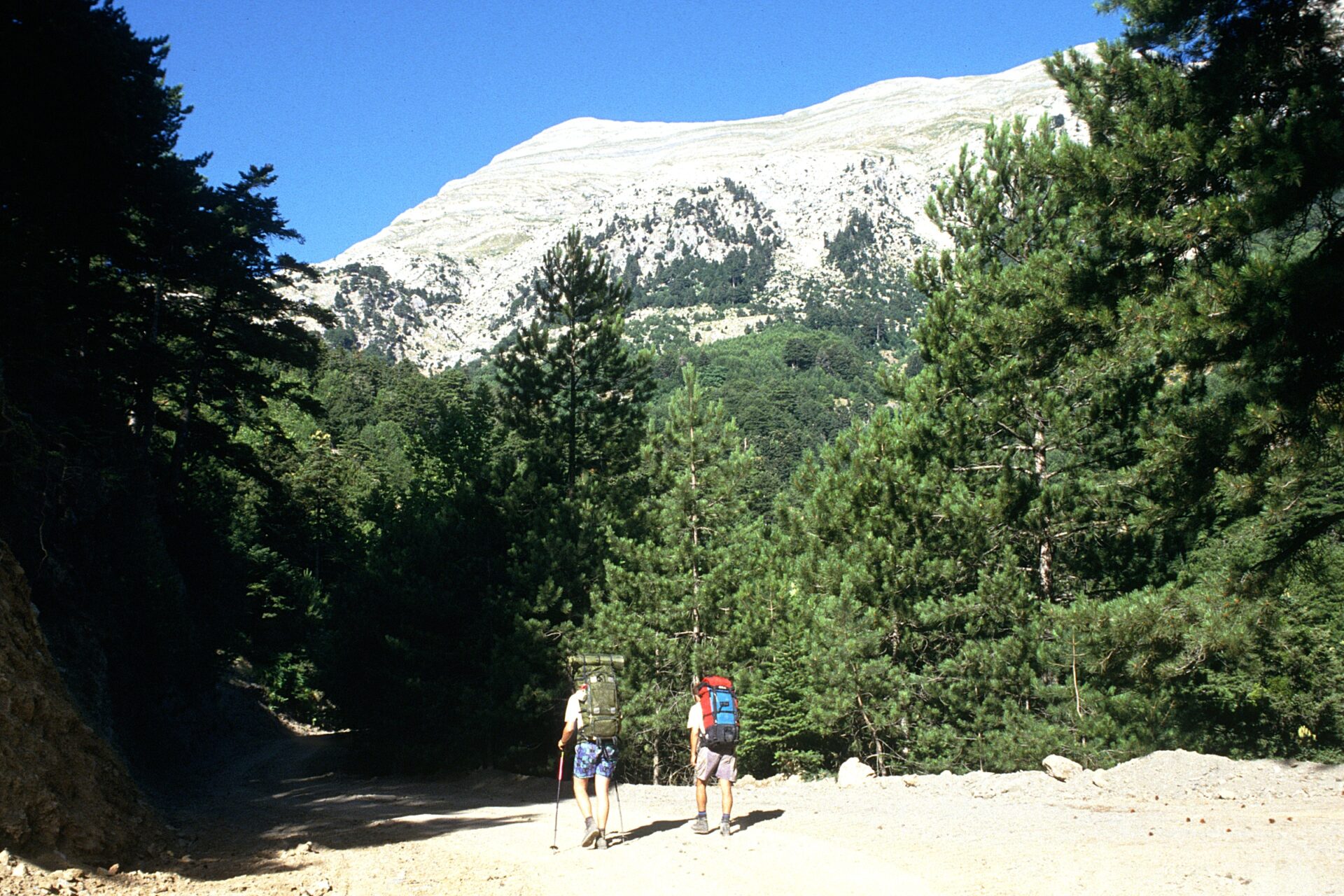
From Hoplites to Warm Welcomes: The Evolution of Spartan Strength
Once, Spartan strength meant clashing shields and endless drills. Now, travelers find a quieter resilience—the patience of an olive farmer, the pride in local products, the way stories travel from parent to child.
Spartan strength has changed shape. Where armies once lined up at Marathon or Plataea, today’s power is about working together and honoring tradition.
Locals cherish their heritage, but it’s their hospitality that sticks with me.
I see glimpses of the old values—discipline, unity, pride—in everyday life. Sure, the ruins outside town whisper of warriors, but it’s the people and their open doors that really define Sparta now.

Olive Groves and Mountain Vistas: Natural Beauty Surrounding Today’s Sparta
Sparta is more than a collection of old ruins; it bursts with green olive groves, mountain ranges, and traditions that color daily life.
I got swept up in a landscape where travel isn’t just sightseeing—it’s about connecting with nature, customs, and the wisdom that locals carry.
Exploring the Maní Peninsula and Enchanting Landscapes
Driving from Sparta to the Maní Peninsula, I watched the hills turn rugged, olive trees and wildflowers dotting the slopes. The Taygetos mountains rise up, carving deep valleys and hiding secret coves.
Early mornings, mist drapes over villages, and I can almost hear the echoes of old manuscripts describing this place’s timeless charm.
I paused at a viewpoint where green groves meet the distant blue of the Black Sea. No wonder poets and travelers, from ancient times to scholars out of Vienna, wrote about these lands with awe.
The blend of mountain views and sunlit orchards creates a peace that’s as memorable as any museum.
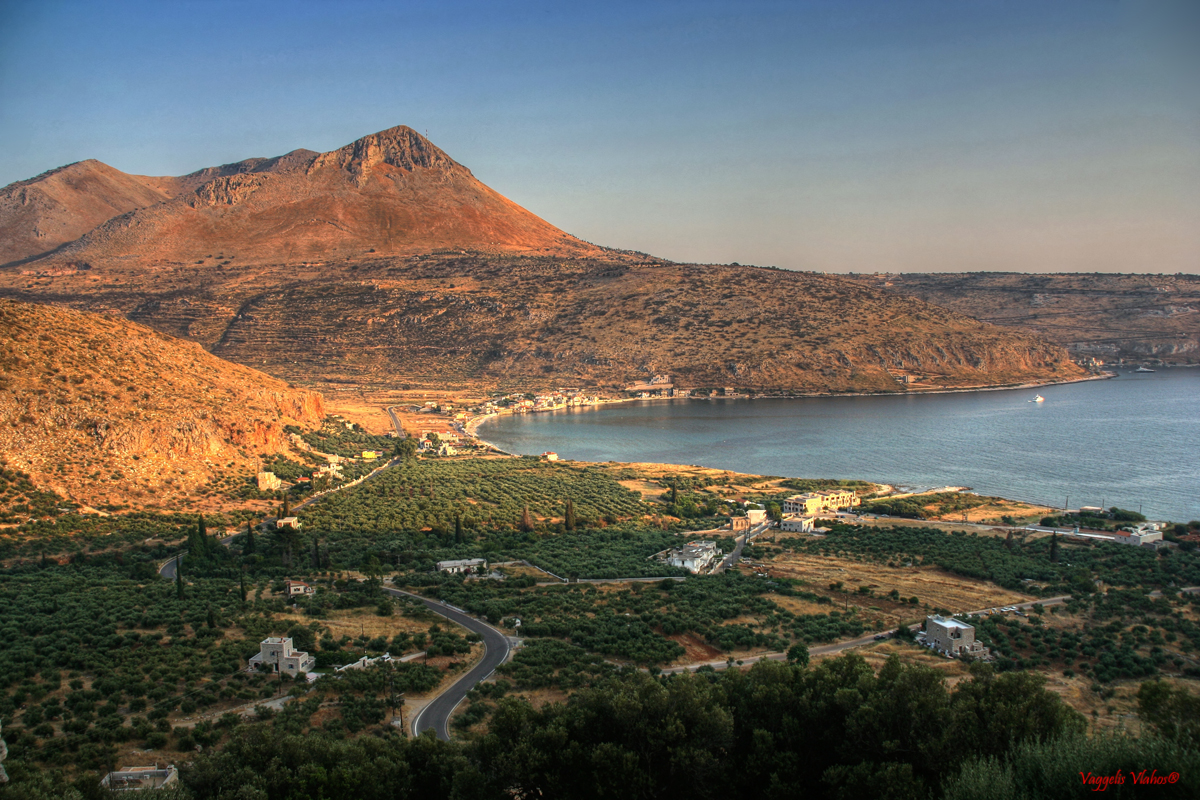
The Heartbeat of the Olive Harvest: Local Farms and Tasting Experiences
Every autumn, I join local families for the olive harvest. Silver-leafed trees stretch across the land, people scattered among the branches, hands busy picking olives.
There’s a real sense of community—entertainment comes from chatter, shared snacks, and the occasional lesson in local manners. Kids learn from elders which trees make the best oil, and you can feel that knowledge passing down the line.
Tasting olive oil on family farms always makes my day. Someone hands me rustic bread and a tiny cup of golden-green oil. There’s a ritual to it: look, swirl, sip. The flavors—peppery, grassy, fresh—tell their own stories.
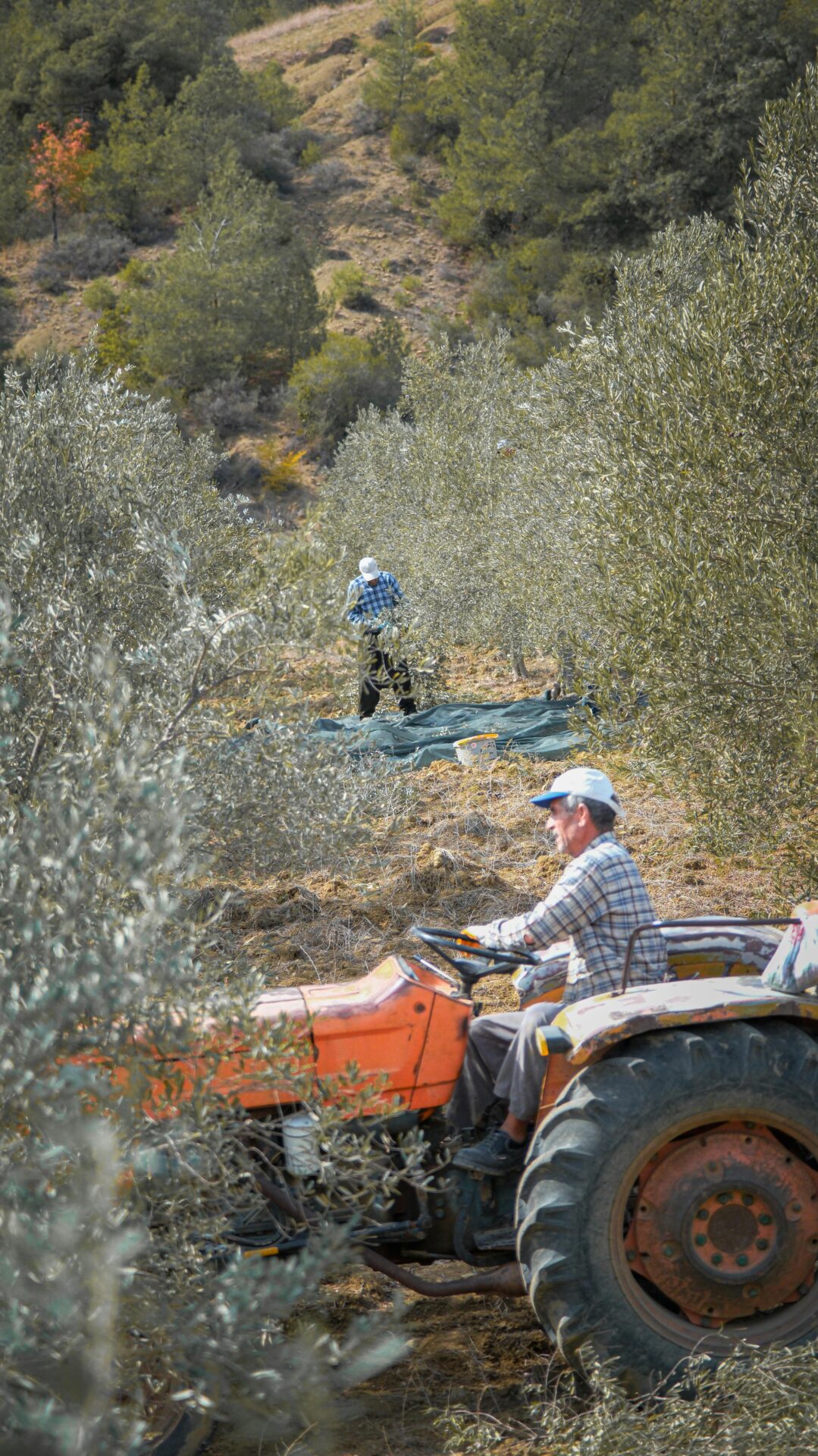
Legends Amidst Nature: Hiking Trails and Mythic Connections
Trails wind up into the Taygetos mountains, following ancient paths used for generations. Along the way, I stumble on old shrines to local legends and gods, tying today’s hikes to stories of Heracles and Helen of Troy.
Sometimes I just stop and listen—to the wind, to farm sounds, to a guide sharing a bit of local lore. The land feels alive with stories, both true and imagined.
Even a simple walk turns into a little adventure, where I can soak up Sparta’s deep past and lively present.

The Living Culture of Sparta: Traditions, Art, and Warm Hospitality
Sparta isn’t frozen in legend. Today, the city pulses with a living culture—artisans, festivals, and strong, welcoming women keep old traditions alive.
Artisanal Excellence: Craftsmanship, Cuisine, and Local Fashion
Markets in modern Sparta grab your attention with handwoven rugs and olive wood carvings. Local artisans still use skills passed down for ages, adding a touch of elegance that honestly reminds me a bit of Vienna or old Constantinople.
Spartan food surprised me—it’s honest, simple, and really tasty. Fresh olives, local cheeses, and honey always find their way onto the table.
I loved the early morning coffee hours at a kafenio, where the manners are friendly and the conversation just flows.
Fashion here mixes old and new. Women might wear embroidered scarves or tasteful jewelry, adding a bit of style without being showy.
The blend of comfort and subtle beauty stands out. Locals and visitors both seem to appreciate that genuine, rooted feeling.

From Storytelling to Song: Festivals and Community Gatherings
During my stay, I caught a May Day celebration out in an olive grove. There was laughter, singing, and traditional dancing that brought everyone together.
These gatherings still echo the ancient Spartan tradition of community.
Festivals fill the air with local music—bouzouki, lyra, the works. Songs tell stories, sometimes about Sparta’s past, but often about daily life and the changing seasons.
It feels different from big city parties; the vibe is warm and personal.
Evenings might end with open-air theater or a spontaneous poetry reading. These aren’t just staged events—they give people a real chance to connect, share, and celebrate.
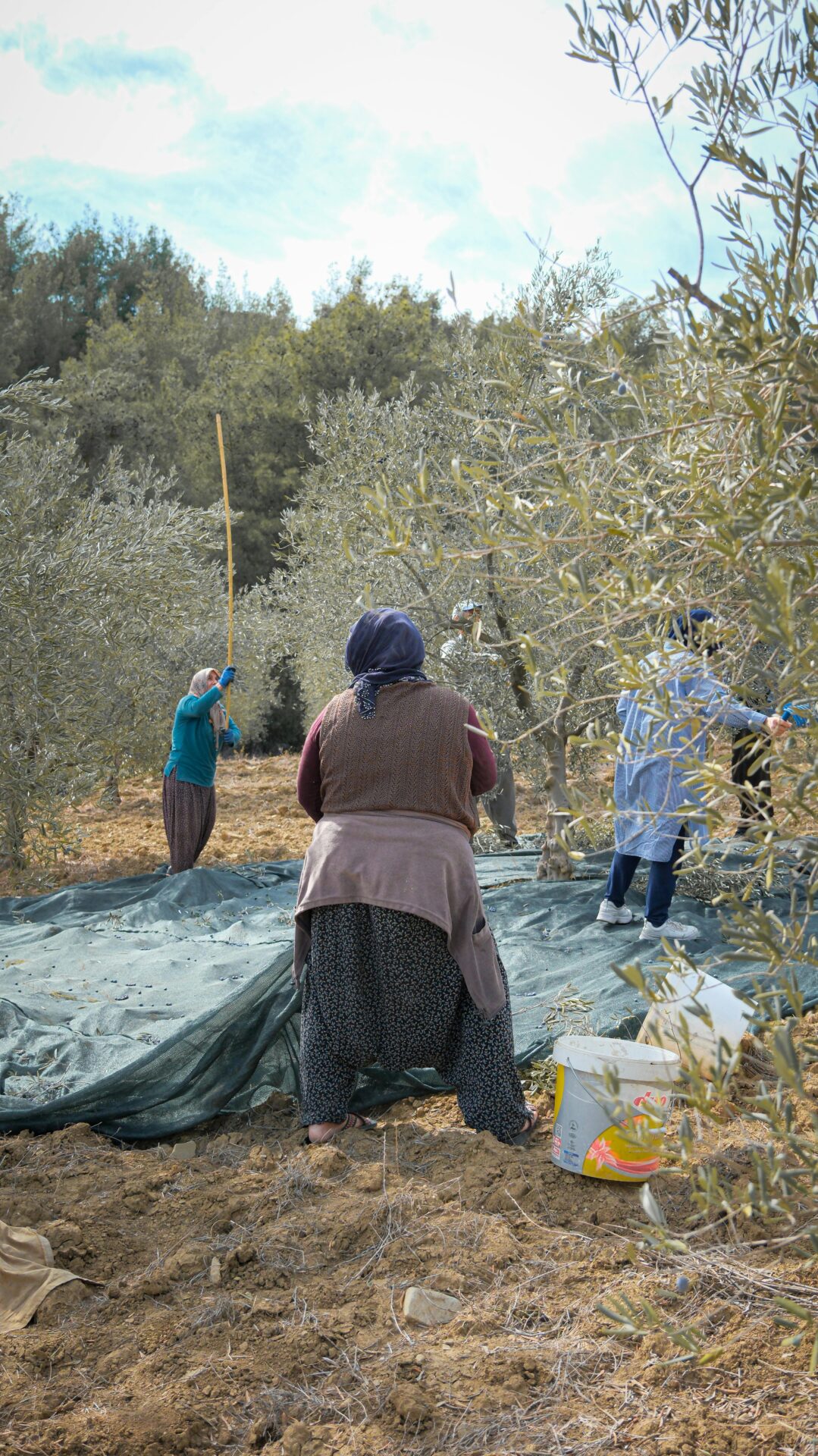
Women of Sparta: Then and Now
Spartan women had a reputation for independence even in ancient times. Today, I’ve met women running family businesses, leading art cooperatives, or guiding local tours.
Their confidence and hospitality left a mark on me.
Many local women keep traditions alive through cooking, embroidery, and storytelling. Their style is often bold, but always practical.
Intricate shawls or heirloom jewelry pop up everywhere, each with its own story.
Women here balance elegance and strength like it’s second nature. They remain the keepers of culture, just like their ancestors.
Their warmth is real—more than once, I found myself invited in for coffee and family stories, a kindness that’s hard to forget.
Hidden Stories and Literary Echoes: Writers, Philosophers, and the Spirit of Knowledge
Every visit to Sparta gives me a new reason to think about the voices of the past. Exploring the city, I stumble on traces of thinkers, storytellers, and wise leaders who still shape the atmosphere.
You can feel their presence everywhere—from the olive groves to the little libraries.

Influence of Ancient Philosophers in Modern Spartan Life
Most people picture warriors when they think of Sparta, but thinkers grew up here too. Among the Seven Sages of Greece, Chilon of Sparta stands out.
He’s famous for advice like “Know thyself” and for keeping things simple—wisdom Spartans valued as much as strength.
I see this in how modern Spartans value honest words and careful judgment. Stories say Thales, Solon, and other sages visited Sparta, trading lessons about justice and practical living.
Schools still mention their names when teaching ethics, and you’ll spot their sayings carved onto plaques in public squares.
Walking the city, I realize philosophy didn’t just belong to Athens. Here, insight grows in everyday choices—it’s part of the living memory.

Writers Who Captured the Spartan Soul
Sparta comes alive in books, both old and new. Historical fiction writers dive into the city’s struggles, and classical authors—like Cicero—often referenced Sparta’s traditions.
Cicero admired Spartan laws, especially their balance of order and simplicity.
I carry a notebook and sometimes read lines from poets and biographers who wandered these hills before me. Each one brings out a different side of Spartan life, from the strict training of youth to quiet moments under olive trees.
I even found a slim collection for sale in the town square, full of works inspired by Erasmus of Rotterdam. He wrote about human wisdom and careful judgment—traits Spartans respected.
Books—whether biography, poetry, or travelogue—help me connect with Sparta, past and present, in a personal way.

Wisdom and Wit: Letters, Anecdotes, and Local Lore
Local stories often carry more wisdom than any textbook. Sitting in a café, elders share short tales and witty anecdotes passed down for generations.
These stories always mix humor with a lesson, echoing ancient philosophers like Epimenides and Cleobulus.
Here’s a sample I’ve heard more than once:
| Name | Wise Saying |
|---|---|
| Chilon | “Prefer loss to dishonest gain.” |
| Solon | “Count no man happy until the end is known.” |
| Pittacus | “Know the right moment.” |
Letters, memoirs, and stories in local archives add flavor to these tales. From village festivals to olive groves, it’s clear that memory and observation keep old wisdom alive, blending the practical with the poetic in daily Spartan life.
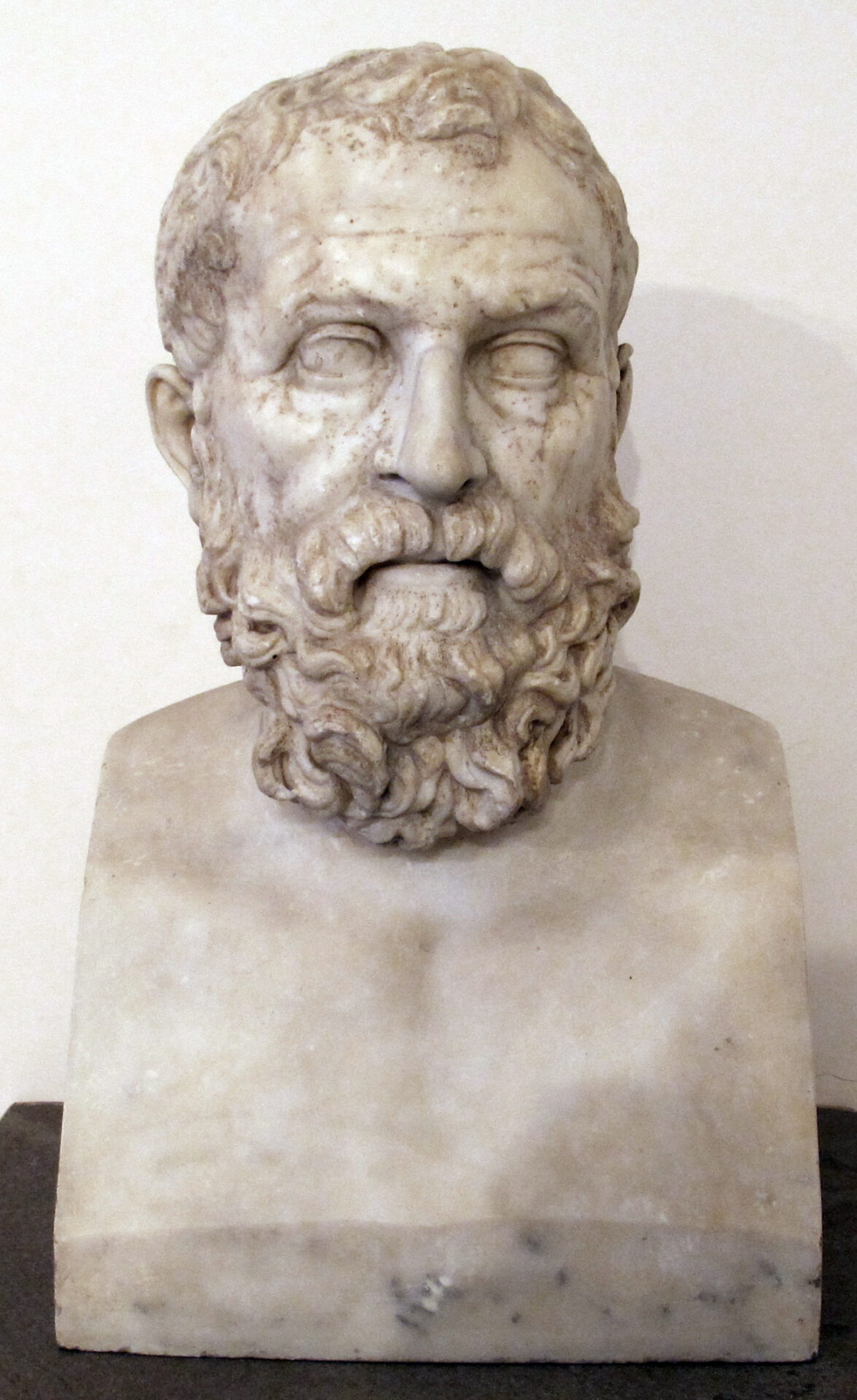
Travel Tips and Personal Insights: How to Make the Most of Your Spartan Adventure
Visiting modern Sparta isn’t just about ruins. It’s about meeting people, tasting local flavors, and honoring their customs for a trip that actually sticks with you.
Immersive Experiences: Guided Tours and Local Connections
When I first got to Sparta, I figured wandering alone would do the trick. But joining a small group tour opened up stories and places I would’ve missed—especially in the old olive groves and tucked-away Byzantine churches.
Local guides shared personal bits of history and pointed out details I never would have spotted on my own.
I found that chatting with folks in cafés or markets gave me real insight into Spartan life today. People opened up if I asked questions and didn’t rush; listening mattered as much as talking.
Spending time in a family-run taverna let me watch local manners and customs up close—from how people eat to how they greet each other.
Even trying a few words of Greek, like “Kalimera” (good morning), always got a smile. Making that effort helped me break down my own assumptions and made my whole experience richer.

From Markets to Manuscripts: Unique Souvenirs and Delicacies
I always hunt for souvenirs that actually reflect the place—not just the typical tourist stuff.
In Sparta, the local markets overflow with extra-virgin olive oil, handmade soaps, and honey straight from wildflowers.
The vendors are eager to chat, and honestly, asking them about the source of their goods makes the whole experience (and the purchase) way more memorable.
Book lovers, listen up: some shops in the city carry local history books and even rare manuscripts.
I stumbled across a slim book of Lakonian folk tales tucked away in a quiet corner—definitely one of my favorite discoveries.
When it comes to food, I couldn’t resist bringing home loukoumades (those sweet honey puffs) or some cured olives.
Edible souvenirs like that keep the trip alive long after you’re back home.
If you’re planning to shop, here’s a quick tip: pack some extra space in your bag for these special finds.
And don’t forget to check the customs rules before you try to bring food back—nobody wants a surprise at the airport.
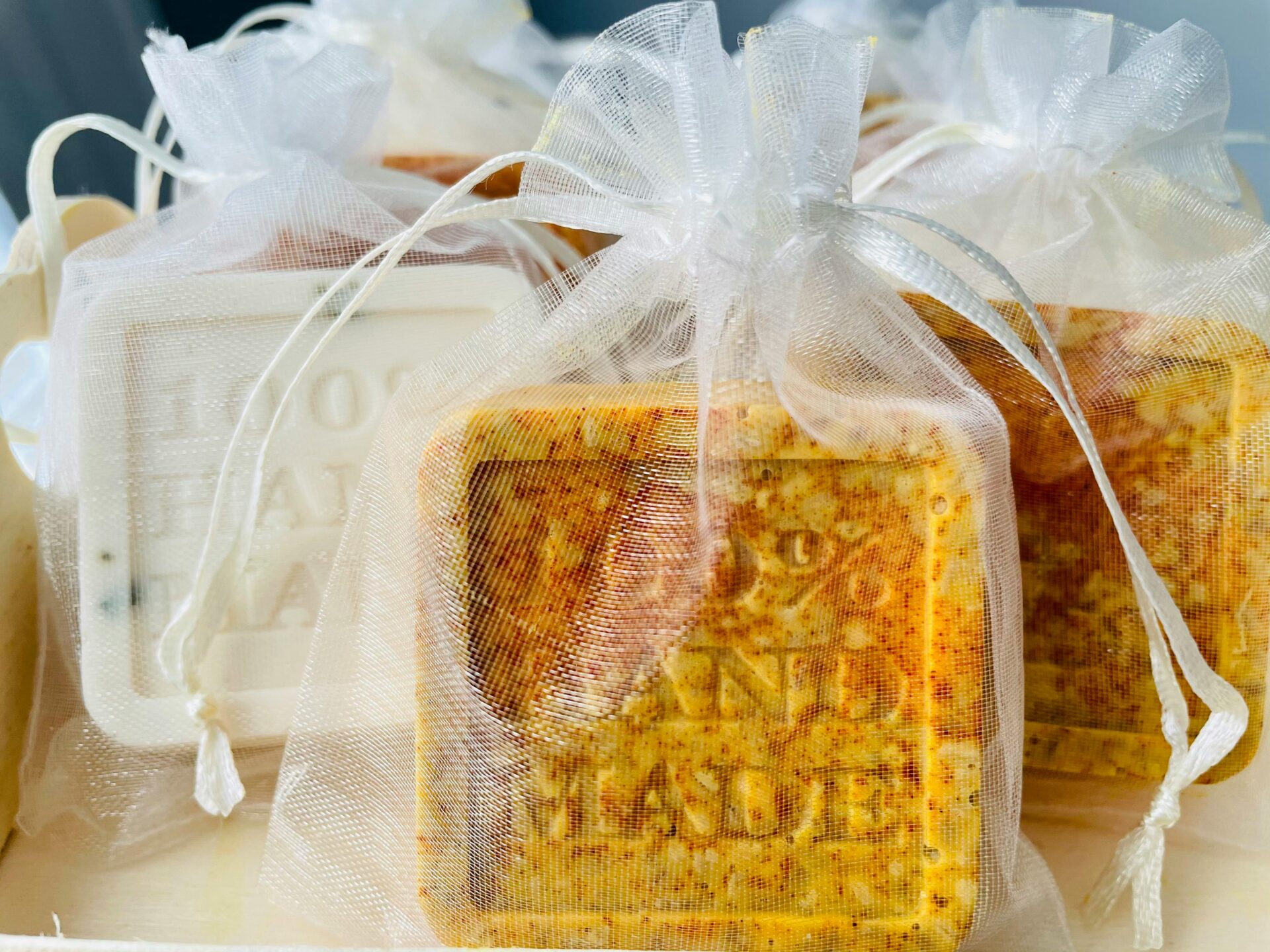
Respecting the Past: Responsible Travel and Mindful Exploration
I wandered through ancient Sparta and the hills around Mystras. It hit me just how easy it is to make mistakes simply because you don’t know better.
I stuck to the marked paths and made sure not to touch any fragile ruins. That wasn’t just for my own safety—it just felt right, like the past deserved a little extra care.
Watching how locals approached sacred sites taught me a lot. Sometimes it’s a quiet pause, a little bow, or even leaving a small offering.
Those gestures showed respect and helped me blend in with what people expected. I started reading up on local history before heading out, and honestly, it made my questions less awkward and a bit deeper.
Entertainment in Sparta? It’s pretty relaxed. I spent most evenings chatting in cafés, listening to outdoor music, or stumbling upon small festivals.
Blending in and showing real curiosity made all the difference. It kept me focused on the actual experience instead of just chasing the perfect photo.

